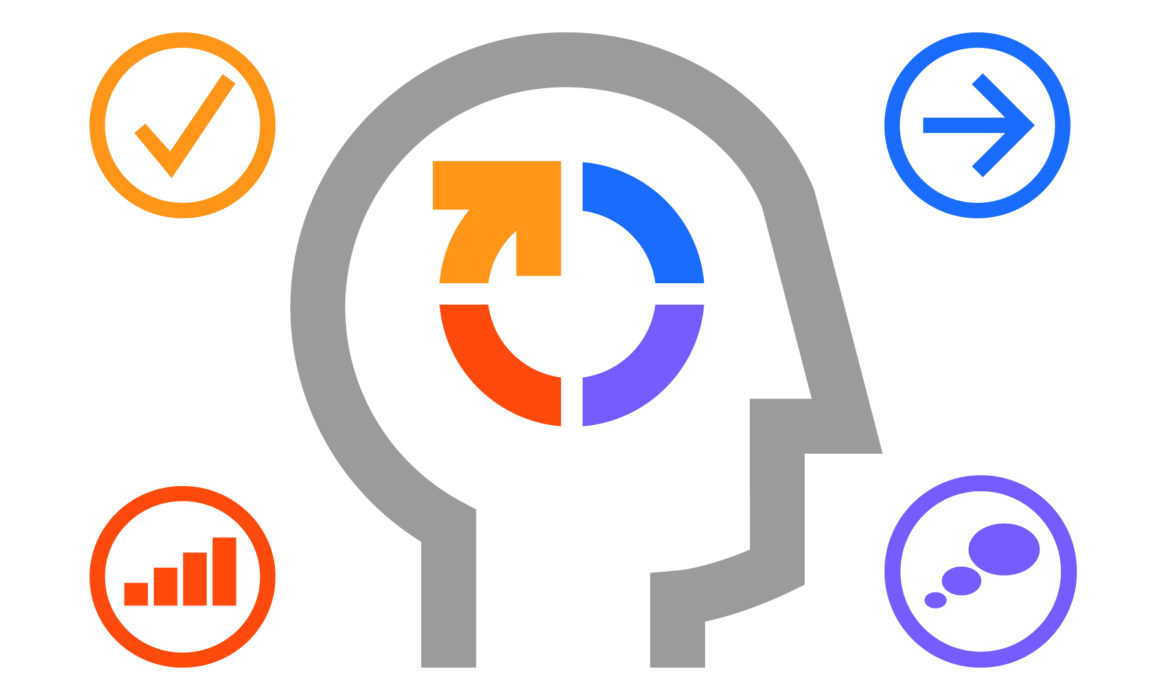How does the Basadur Profile correlate or not correlate to Myers-Briggs?
It all comes down to “states” vs. “traits”.
We often get this question about how the Basadur Profile correlates to Myers-Briggs (MBTI). Both the MBTI and the Profile enable people to understand themselves better, but only the Profile is directly linked to a innovation process that ensures the focus is on getting problems and opportunities defined, solved, and solutions implemented.
In addition, the Profile synchronizes everyone’s thinking to specific problem solving stages. By no means do we sell short the benefits of personality measurements to companies who use assessments like the MBTI and DISC – these are widely used, well-respected instruments that serve their designated purpose.
In fact, our research shows us there are different process style preferences for people but everyone is a blend.
We call these “states”, not “traits”. Very importantly, states are very different from traits. The Profile is not a personality measure. MBTI and DISC are both different personality tests.
Your Basadur Profile is your cognitive thinking style that blends right on differences between how we as individuals think. Personality has nothing to do with it – it’s how we think. Depending on your context, a state is changeable. A state can change within a day if you need it. People can flow through the process, changing as they go. As an individual, you might change your preferred state over a period of time, based on different experiences or different jobs you have.
Most importantly, the Basadur Profile is a measure of how people think and listen to other people, being in tune with them and blending one’s own style with others when problem solving. Linking the four Profile innovation styles to the four MBTI personality trait scales for example, we do know that there are combinations that do correlate. Extroverts (E) and introverts (I) correlate quite well with Generators who are more extroverted, and Optimizers are more introverted. People who are P’s (Perception) are generally going to be generators and conceptualizers; J’s (Judgment) are going to be optimizers and implementers. The folks who are N’s (Intuition) are likely to be conceptualizers while those who are S’s (Sensing) are likely to be implementers.
The one personality trait that doesn’t correlate at all is TF. Thinking versus Feeling in making decisions. In the Simplexity process, people make decisions all the way through. We have not had any correlation between, “I do it by thinking” or “I do it by feeling”. People can do it either way and still be very good at using the Simplexity process.
Depending on what you’re doing, your dominant Basadur orientation is less important than your ability to shift among quadrants to be effective. We have research that shows teams composed of different styles most often are going to perform more innovatively. The negative is they may not enjoy working together as much as being with similar styled people. Since we are talking about preferences, being skilled at all four quadrants is really important. The good news is that people can be trained at any part of an organization to be highly skilled in all the quadrants while building empathy towards those who are not so skilled.
Last but not least, here are two tidbits of research – 1) we find that generators are in shorter supply in corporations and 2) different jobs and functions can be more suitable to different styles.


